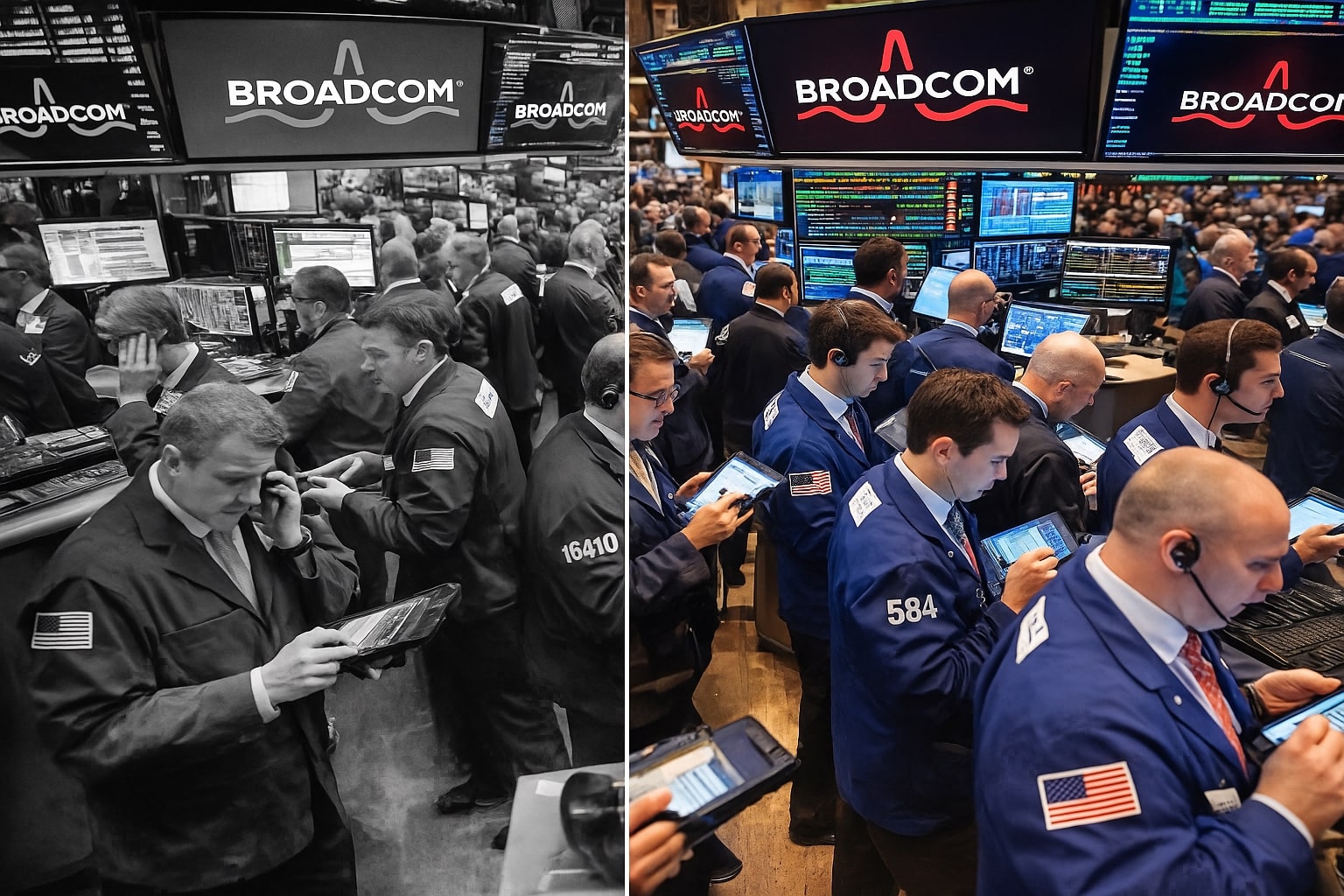Energy Sector Under Pressure as Oil Extends Weekly Losses
Crude benchmarks continued to weaken amid oversupply concerns and improving Middle East diplomacy. West Texas Intermediate (CL=F) settled at $57.64 (+0.1%), while Brent (BZ=F) closed near $61.29 (+0.38%), marking their lowest levels since May. President Trump’s confirmation of a “productive” call with Russian President Vladimir Putin ahead of an upcoming Budapest summit spurred expectations that a gradual de-escalation in the Russia-Ukraine conflict could reopen crude flows from Eastern Europe, aggravating global oversupply. The three-week downturn has trimmed energy-sector optimism, pressuring U.S. oil majors and service providers, while refining margins have contracted as inventories rose. Traders now expect WTI to test $55 support, with risk skewed to the downside unless OPEC+ announces a coordinated cut extension in its next policy meeting.
Healthcare Stocks Slide as Pricing Comments Hit Pharma Giants
Pharmaceutical shares fell sharply after President Trump pledged to reduce the cost of popular obesity treatments. Novo Nordisk (NVO) declined 3%, and Eli Lilly (LLY) dropped 2%, after Trump suggested Ozempic and Zepbound could see prices cut to $150 per month from current averages near $1,000–$1,300. The remarks triggered sector-wide pressure, erasing nearly $30 billion in combined market capitalization. Analysts noted that while policy specifics remain vague, investors fear new regulatory frameworks could reshape margins across the fast-growing weight-loss drug market. Novo Nordisk’s American depositary receipts have fallen over 30% in 2025, reflecting increased competition, tightening reimbursement scrutiny, and valuation compression after years of rapid growth.
Industrial Momentum Builds as Deere (NYSE:DE) Wins Upgrade
Deere & Co (DE) gained modestly, rising 0.3% to $458.50, after UBS upgraded the agricultural machinery leader to a Buy with a $545 price target, projecting a turnaround in earnings by 2027. The firm believes 2026 will mark the final year of the company’s earnings downturn, with early-cycle demand recovery driven by improved farm sentiment, stabilization in crop prices, and anticipated fiscal incentives in U.S. agricultural policy. The upgrade lifted sentiment across the broader industrial complex, supporting modest gains for Caterpillar (CAT) and Cummins (CMI) as investors rotated into value-heavy cyclical stocks after a multi-month technology-led rally.
Treasury Yields Firm, Dollar Weakens Amid Fed Dovishness and Data Void
U.S. Treasury yields edged higher as Friday’s risk appetite returned. The 10-year yield (TNX) climbed 3 basis points to 4.01%, rebounding from Thursday’s three-month low near 3.93%. The 30-year yield (TYX) stood at 4.61%, while the 5-year yield rose 4 basis points to 3.59%. The U.S. Dollar Index (DX=F) recorded a 0.5% weekly decline, its weakest performance since July, as markets priced in 53 basis points of rate cuts by year-end. With the government shutdown halting official labor and inflation data, investors turned to private surveys suggesting modest improvements in jobless claims, adding weight to expectations that the Fed will maintain an easing trajectory. The dovish tone has kept borrowing costs subdued, though officials remain cautious about inflation persistence.
Crypto Assets Extend Decline as Bitcoin (BTC-USD) Slips Toward $106,000
Bitcoin (BTC-USD) extended losses, closing at $106,479 (-1.6%), its lowest level since July. The digital asset has now fallen nearly 7% for the week, pressured by profit-taking and weakening sentiment following renewed volatility across risk markets. Despite its decline, Bitcoin maintains a 14% year-to-date gain, aligning its performance with the S&P 500. The broader crypto ecosystem mirrored this weakness, with Coinbase (COIN) and MicroStrategy (MSTR) both sliding over 5%. Analysts attribute the correlation breakdown between gold and Bitcoin to shifting liquidity dynamics and investor repositioning toward assets with tangible yields amid global monetary easing. Ethereum (ETH-USD) also slipped below $3,800, extending a 20% correction from its August high.
Weekly Market Overview and TradingNews Outlook
Despite midweek turbulence, Wall Street ended on firm footing. The Dow (DJI) closed at 46,190.61 (+0.52%), the S&P 500 (SPX) at 6,664.01 (+0.53%), and the Nasdaq (IXIC) at 22,679.97 (+0.52%). The VIX cooled to 20.78 (-17.9%), reflecting improved sentiment. Commodities remained volatile, with gold at $4,213, silver at $49.86, and crude oil at $57.64. Treasury yields stabilized around 4%, while the U.S. dollar index drifted lower to 98.31.
The resilience of credit markets, coupled with strong consumer spending and improving trade signals, paints a cautiously constructive short-term picture. However, lingering risks—from the prolonged government shutdown to regional bank fragility—suggest volatility will persist.
TradingNews.com’s verdict: the near-term outlook remains moderately bullish for equities, with upside potential in financials, select industrials, and AI-driven technology names. If yields remain anchored below 4.1%, S&P 500 (SPX) could challenge 6,750–6,800 before the next Fed decision.



















